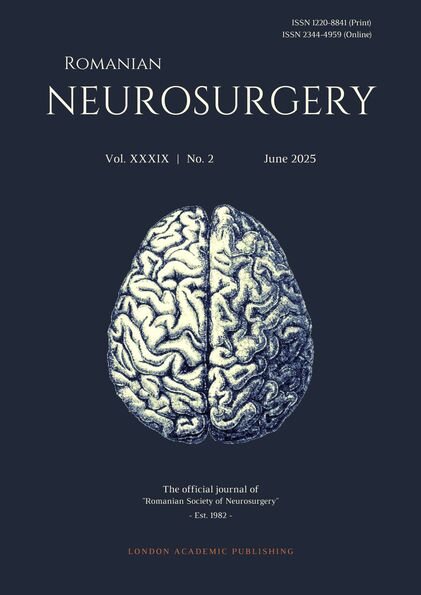Abstract
Background: Hydrocephalus is one of the late complications of head injury. More often, post-traumatic epileptic seizures are due to intracranial hematomas and brain contusion. Hydrocephalus is rarely reported in this clinical registry. The literature is not very rich in cases of epileptic seizures linked to posttraumatic hydrocephalus.
Objective: We report the results of our study, the aims of which were to establish the epidemiology of post-traumatic hydrocephalus in our practice, to determine the mechanisms of trauma onset, to describe the initial traumatic lesions and to highlight the timing and pathophysiological mechanism of epileptic seizures in post-traumatic hydrocephalus.
Materials and methods: We conducted a descriptive, retrospective study over a period of 4 years at the Neurosurgery Department of the Gabriel Touré University Hospital in Bamako. We included patients of both genders and all ages who had at least one seizure after head injury and in whom the CT scan performed during the investigation of the seizure showed hydrocephalus.
Results: Between 1 January 2020 and 31 December 2023, out of 1024 cases of traumatic brain injury (TBI), hydrocephalus was diagnosed in 37 patients (3.6%) during the investigation of epileptic seizures. All patients were male with a mean age of 27.4 years. The trauma was caused by road traffic accidents in 48.6%. The initial brain injuries were dominated by hemorrhagic contusions (29.7%), osteo-meningeal injuries caused by fracture of the frontal bone (19%) and traumatic subarachnoid haemorrhage (16.2%). The mean time to onset of the first attack was 28.3 days. Seizures were generalised in 86.4%. Sudden onset without prodrome occurred in 64.8% of patients. Tetraventricular hydrocephalus was diagnosed in 89.1% of cases. Ventriculoperitoneal shunting was performed in all patients. After 5 months of follow-up, seizures had completely resolved in 87.5% of patients despite complete cessation of antiepileptic treatment. No deaths were reported.
Conclusion: Epilepsy may be a clinical manifestation of post-traumatic hydrocephalus. Morphological imaging is essential for diagnosis. Management is based on cerebrospinal fluid drainage.















